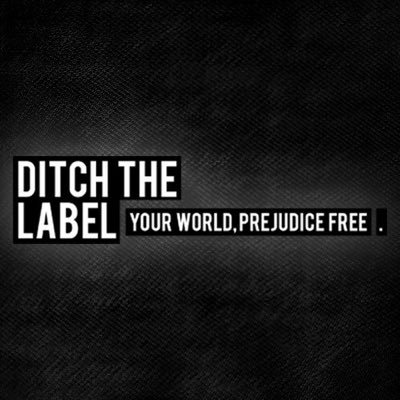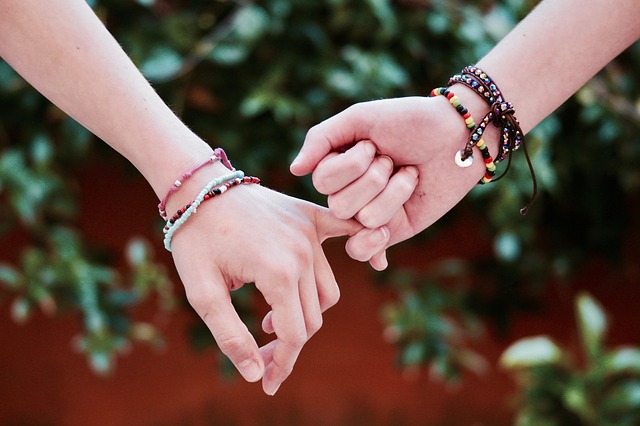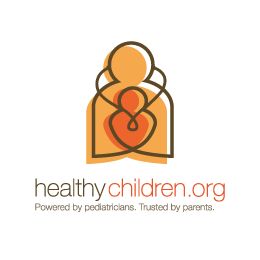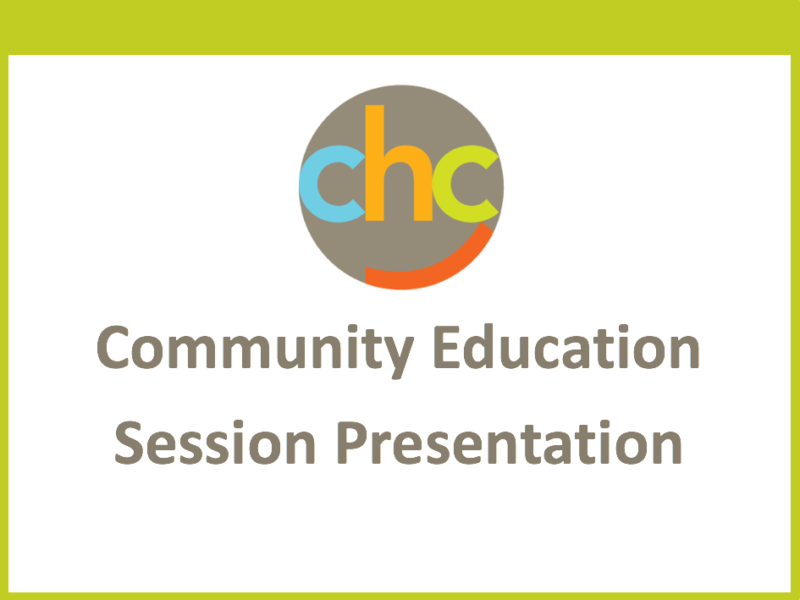
Ditch the Label [web resource]
Ditch the Label is an international anti-bullying organization that provides support to young people aged 12-25, primarily through online partnerships. They also work with schools, colleges, parents/guardians, young people and other youth organizations. According to Ditch the Label, statistically, 7 Read more >>










